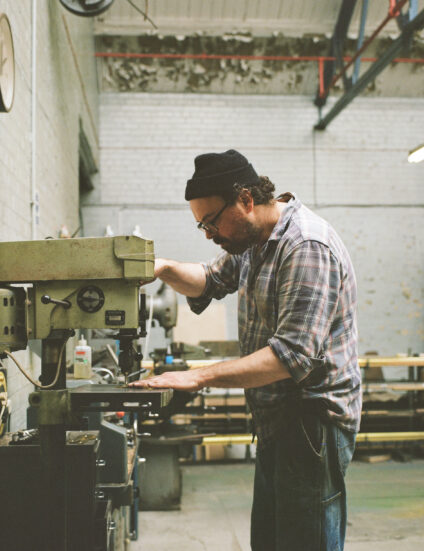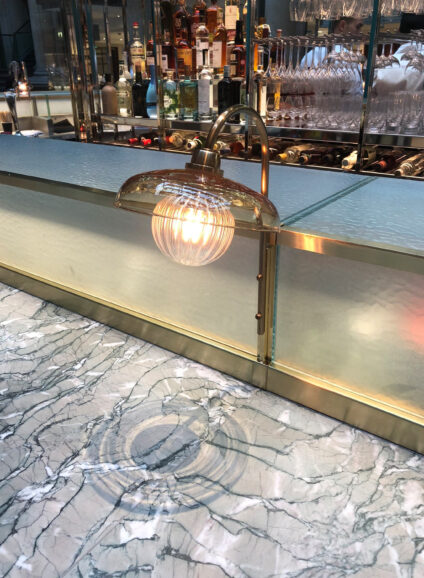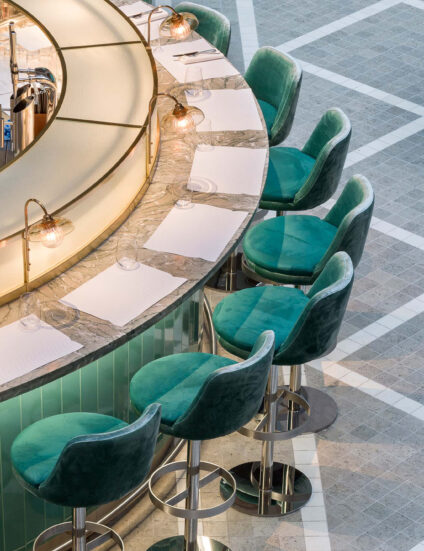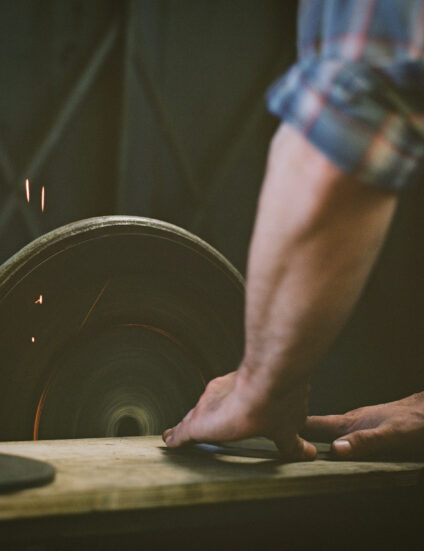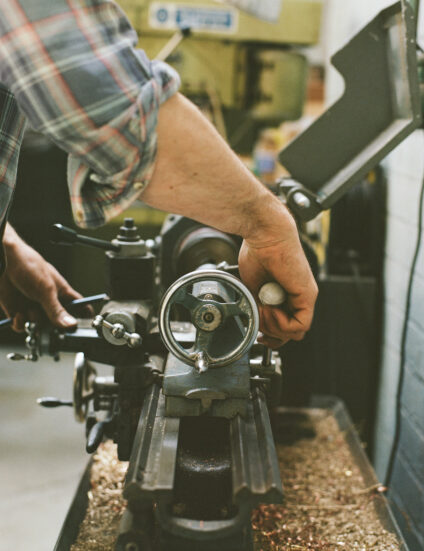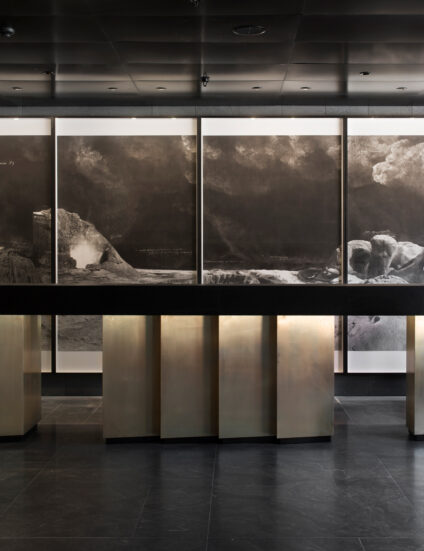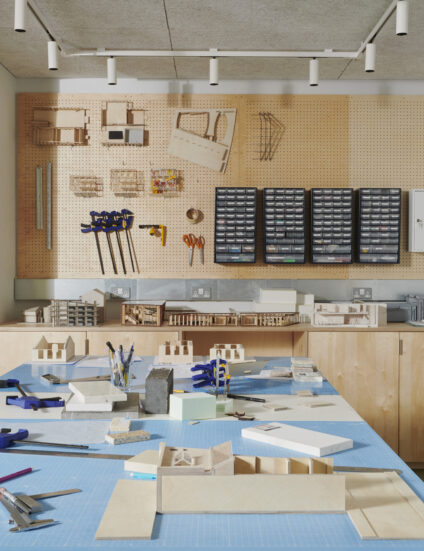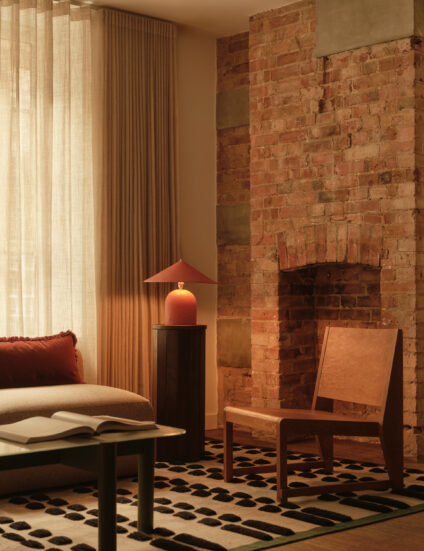SD: I like that idea of being a point of connection, and I think that’s how I’ve always tried to work really. So, again, with the San Carlo lamps the Universal team gave me the designs and then I went away and made some rough prototypes to test out materials, but at the same time I was also consulting other craftspeople like our metal spinner, Jim – who’s been doing it for fifty years – and asking what his approach would be, so already you’ve got this really collaborative process of different specialists working together to solve the problem. I could try to learn how to spin metal and take it in-house, but I don’t feel I need to do that because I really enjoy and respect working with specialists.
ST: I often see Simon as the guardian of the design. And that’s the major difference between working with a collaborator versus a contractor. A contractor is just about execution of the design and doesn’t add a layer of assessment, whereas a collaborator really brings that expertise to bear on a project.
SD: A lot of this just comes down to how you enjoy working, doesn’t it? There are moments when you have to stand back and take stock and remind yourself why you’re doing something. For me this kind of process is just very satisfying, where you know you’ve worked hard to make something the best that it can be, right up to the final install, and then the moment when you can see people interacting with it. One of my lights might just be a small part of a huge and complicated design, but I want it to be doing the best job it can.
ST: You say your lights are one small part, but I’d disagree with that – they’re essential details that bring the whole thing to life. I don’t think it’s possible to capture the impact of these handcrafted details with photography; it’s something you just have to experience physically in the space, and you can see what a difference it makes to people when they’re in these spaces. A lamp may seem small when you compare it with a 10-metre (32¾-foot) bar counter, but I’m obsessional about holding on to these details because they’re what give the final project heart.
